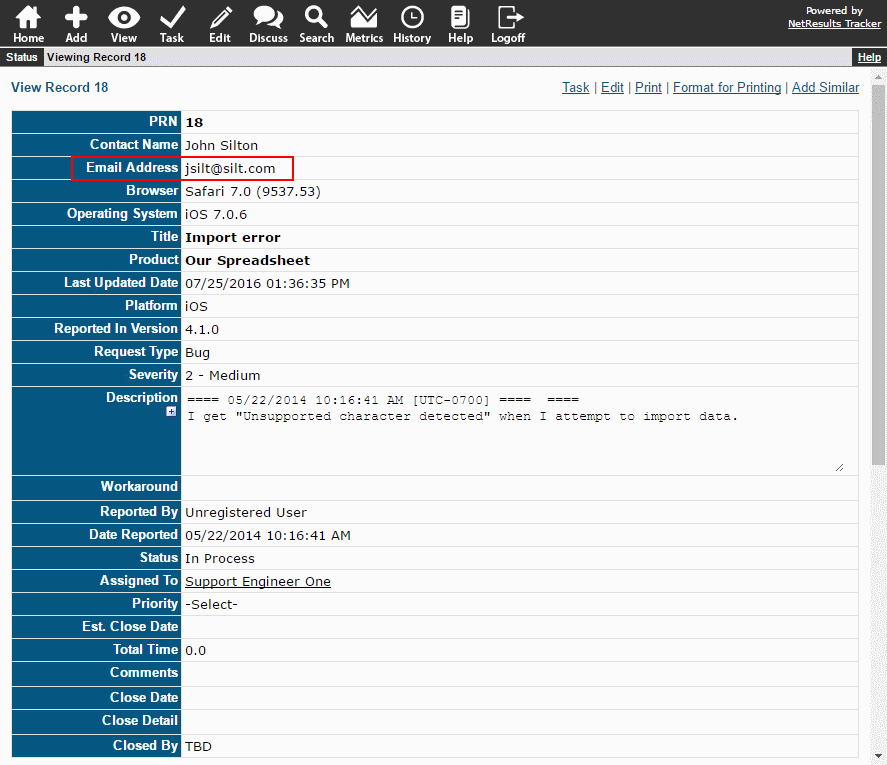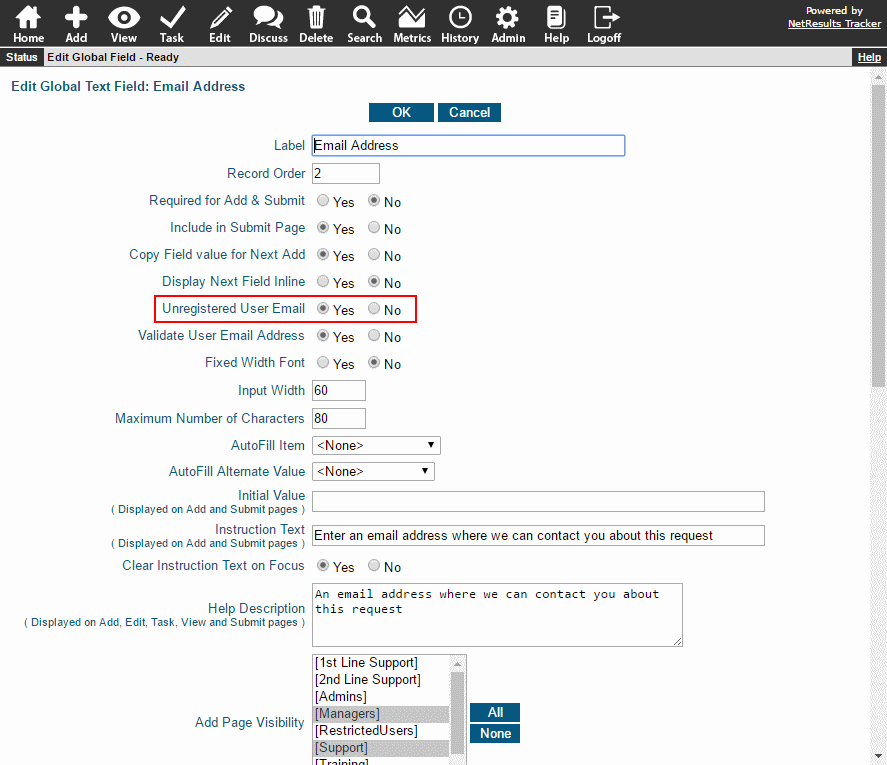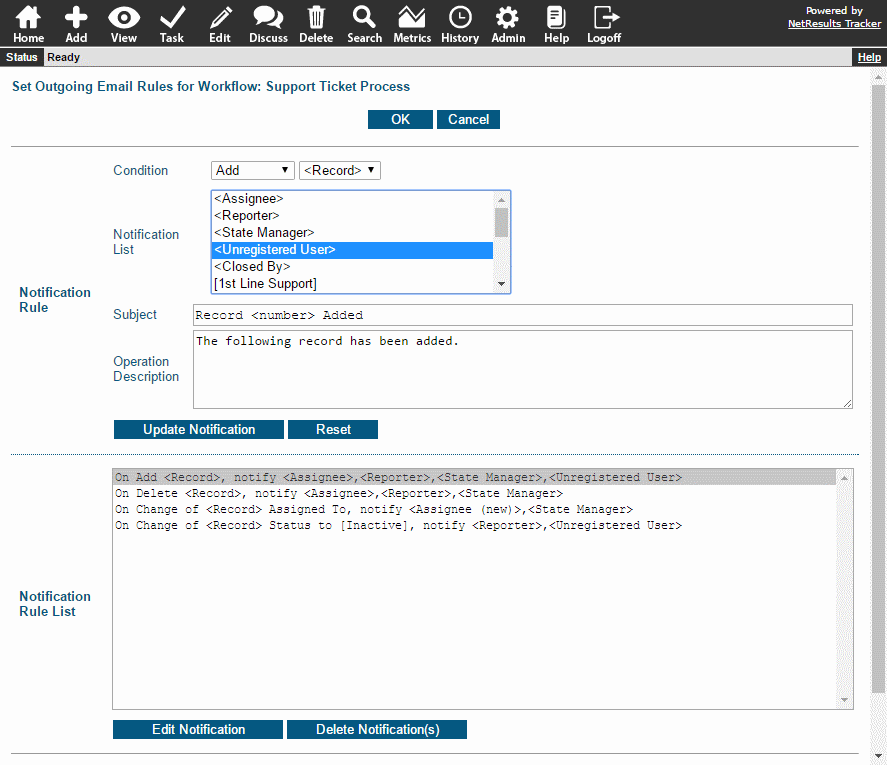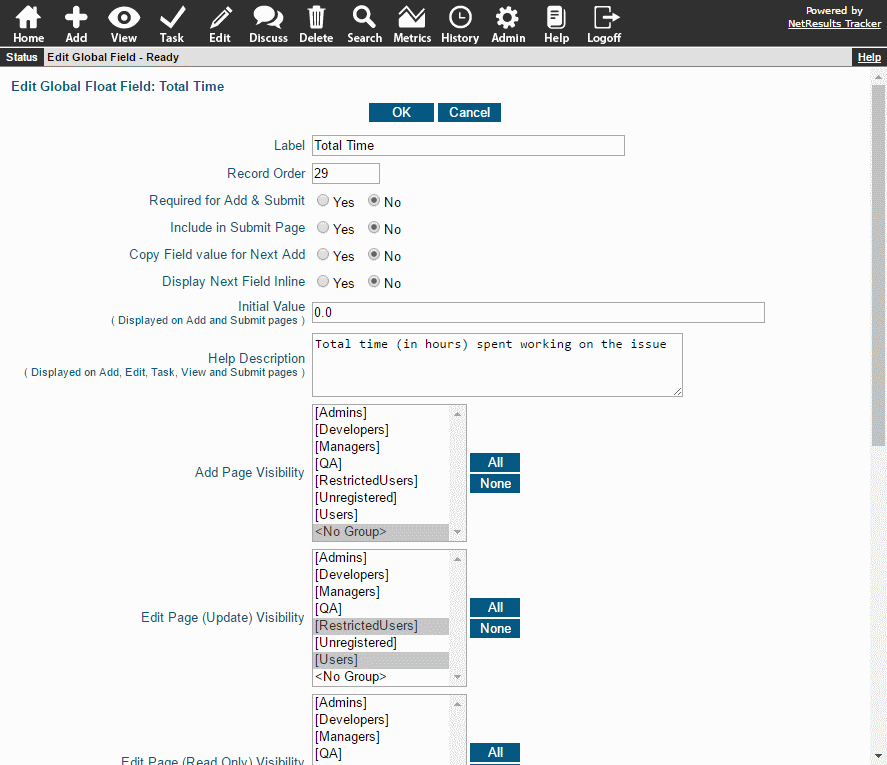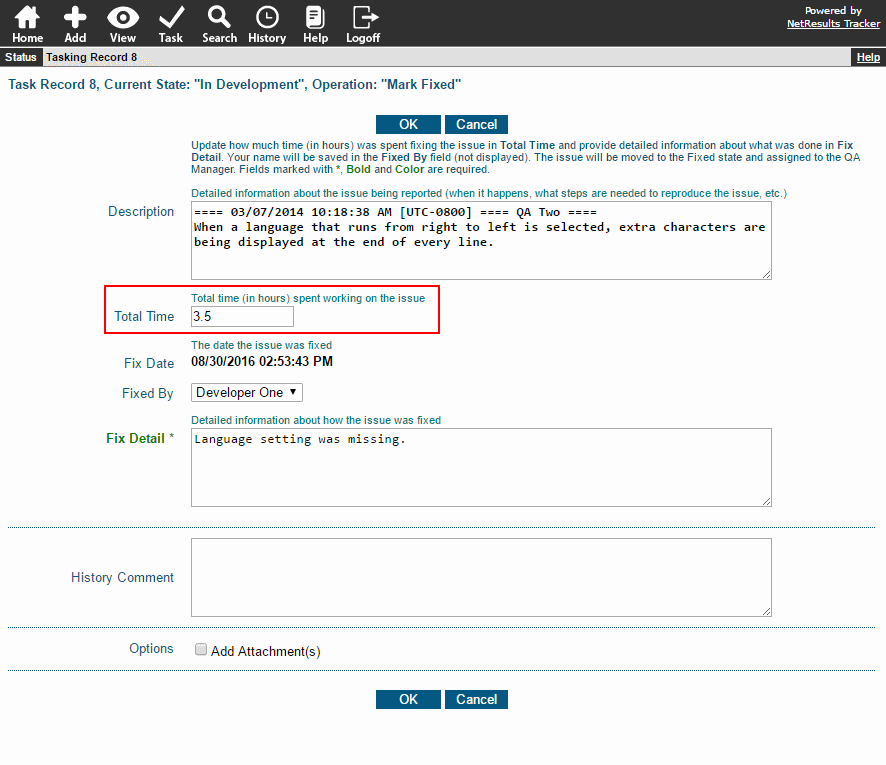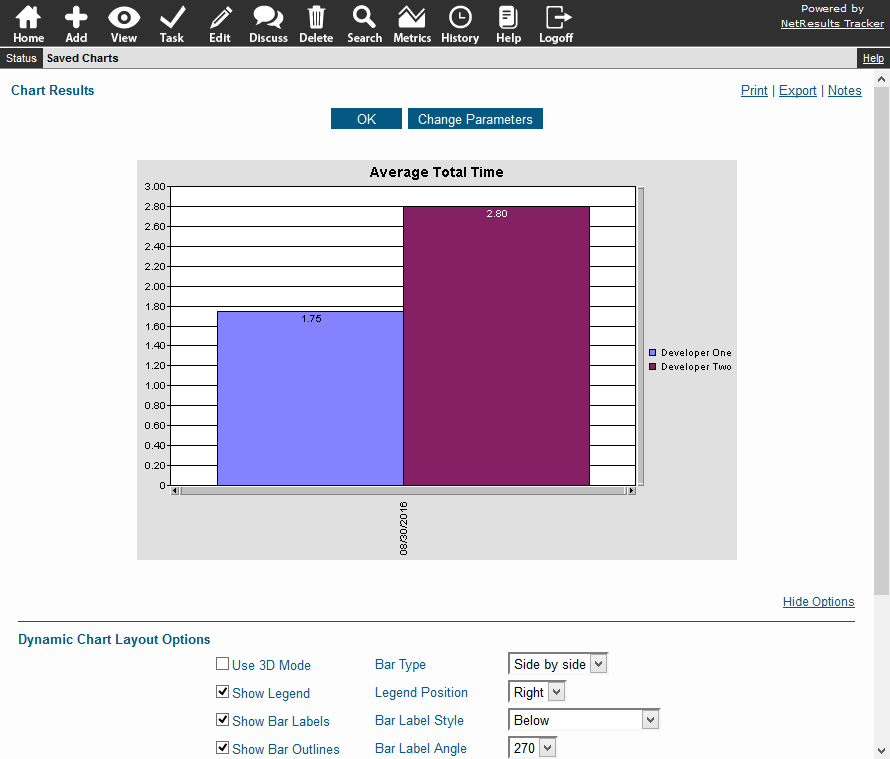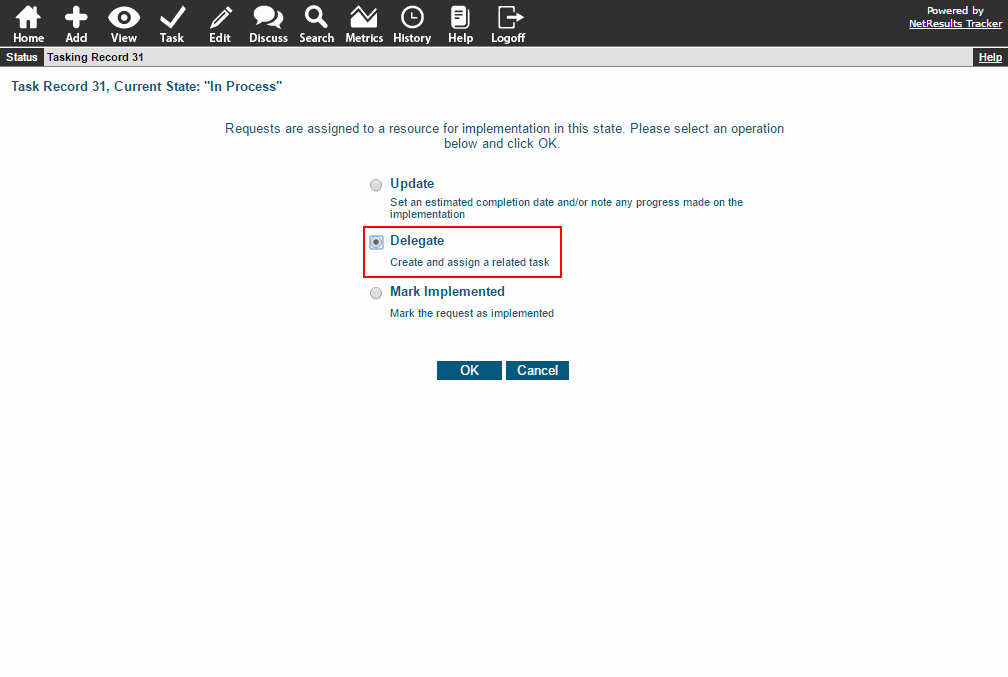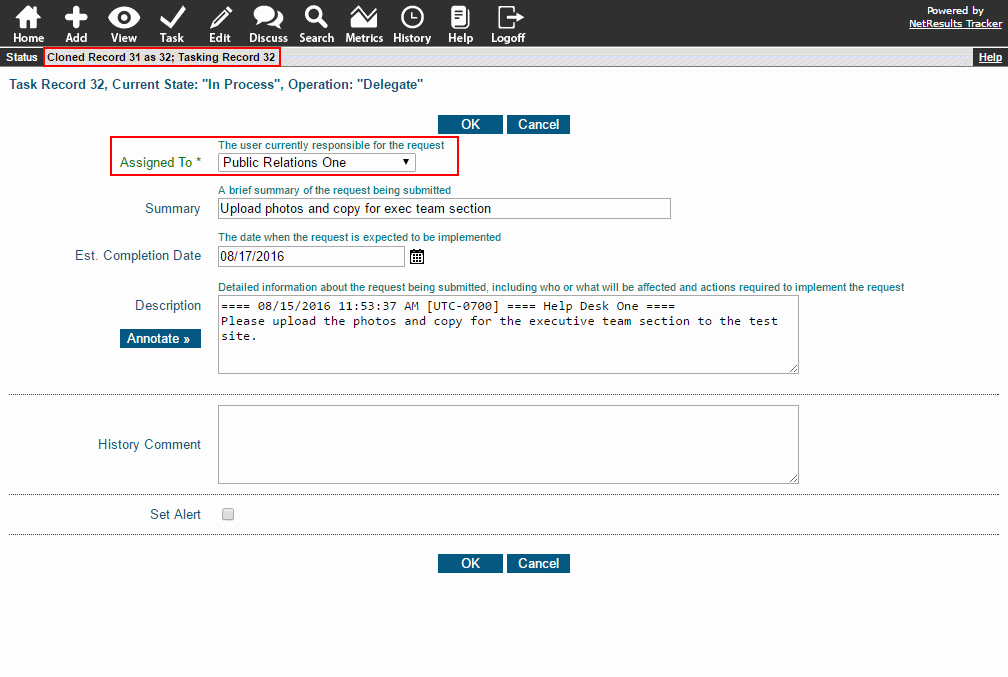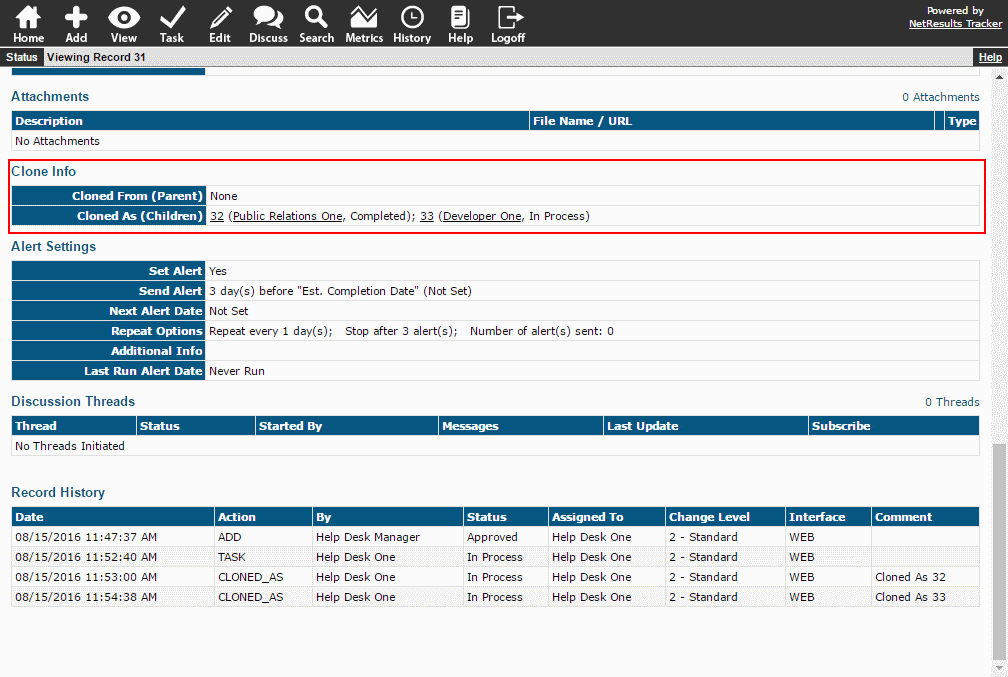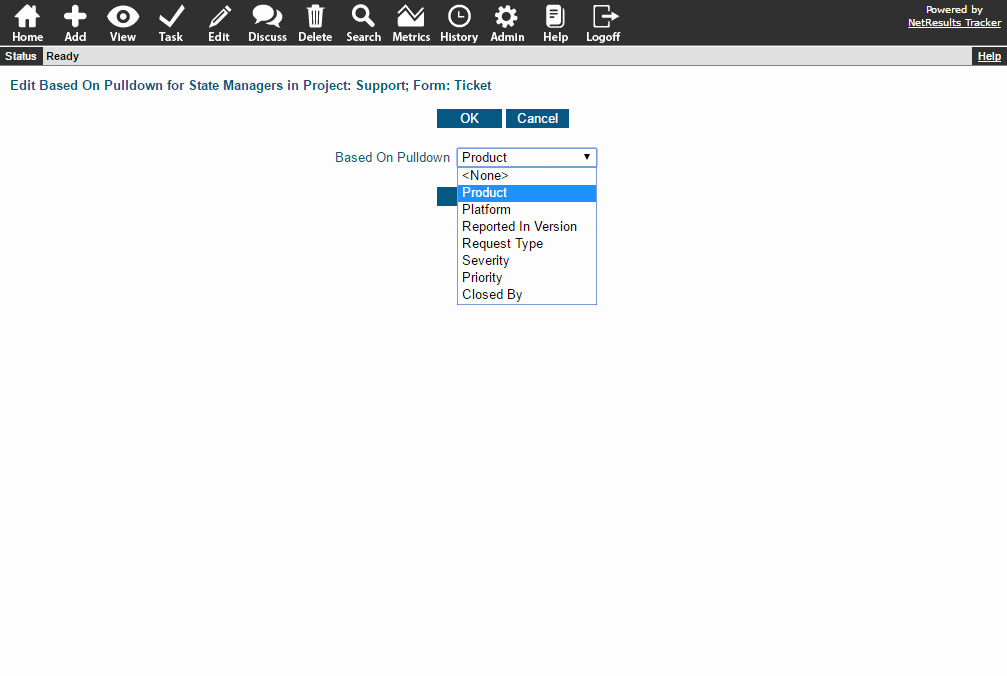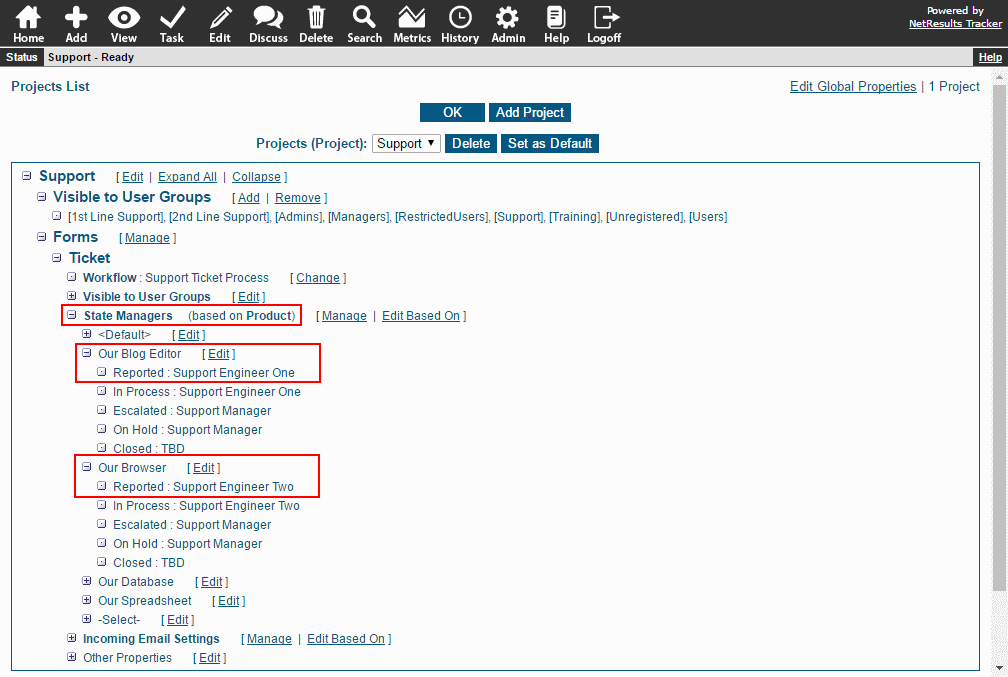There are two ways to process a record and send it to the next step in the workflow. Which one is right for your environment?
The answer might be that you need both.
Task: A Helping Hand for Your Users
The Task operation prompts users with the choices available at the current step in the process,
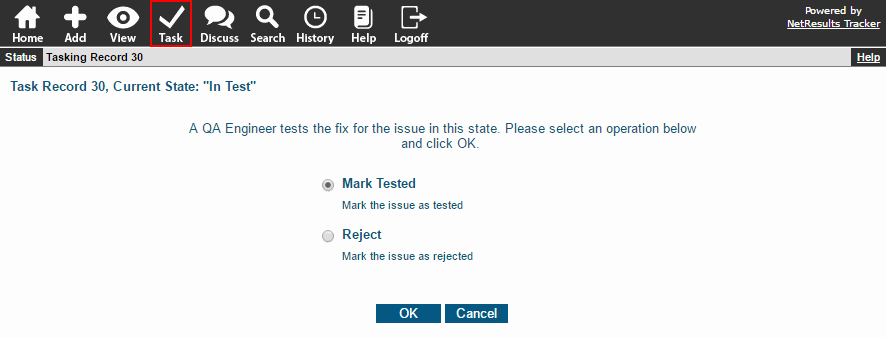
prompts them with the fields that need to be filled out at that step,
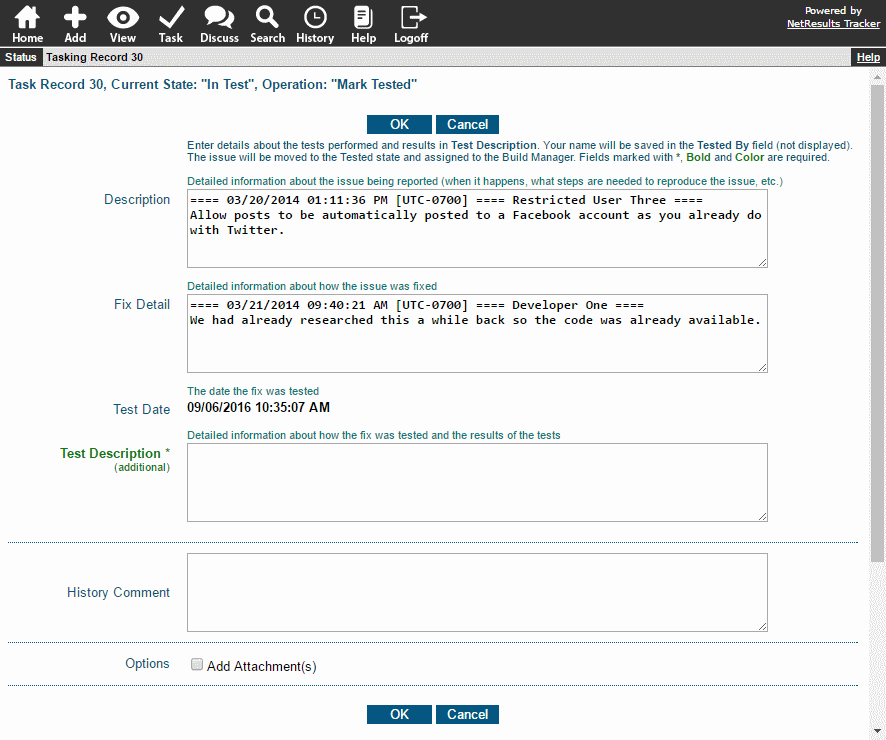
and routes the record automatically to the next state and assignee.
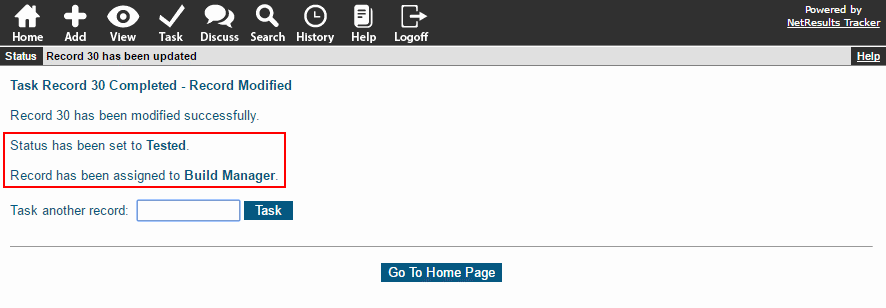
Edit: Freedom for More Experienced Users
The Edit operation allows users to make changes to any of the fields available on the Edit Page. However, the user would need to know what to do since there are no hints to fill out certain fields and no automatic routing.
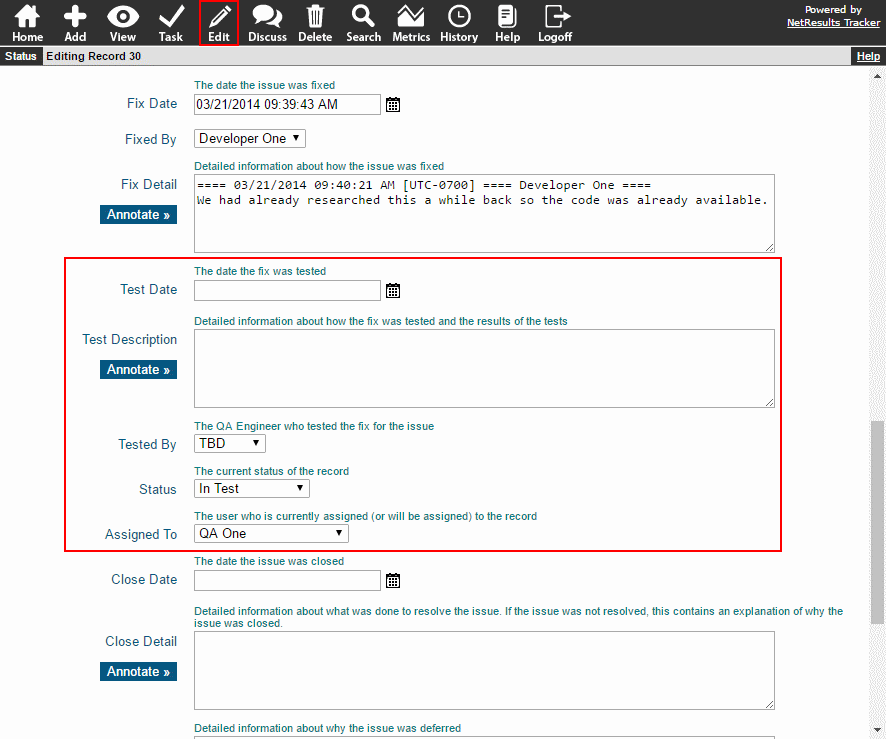
The Bottom Line
In a more structured organization, have most users use the Task operation since it enforces the workflow configuration. More experienced users (e.g. managers or user that need to handle special cases as they arise) can use Edit.
In an environment where a formal process hasn't been defined, Edit has the flexibility necessary for this situation.
Tracker's templates are configured by default assuming most users will use Task. Some templates have the Edit privilege enabled for Managers.
For more information, check out the video below that compares Task and Edit or review the Edit vs. Task Knowledge Base article.

